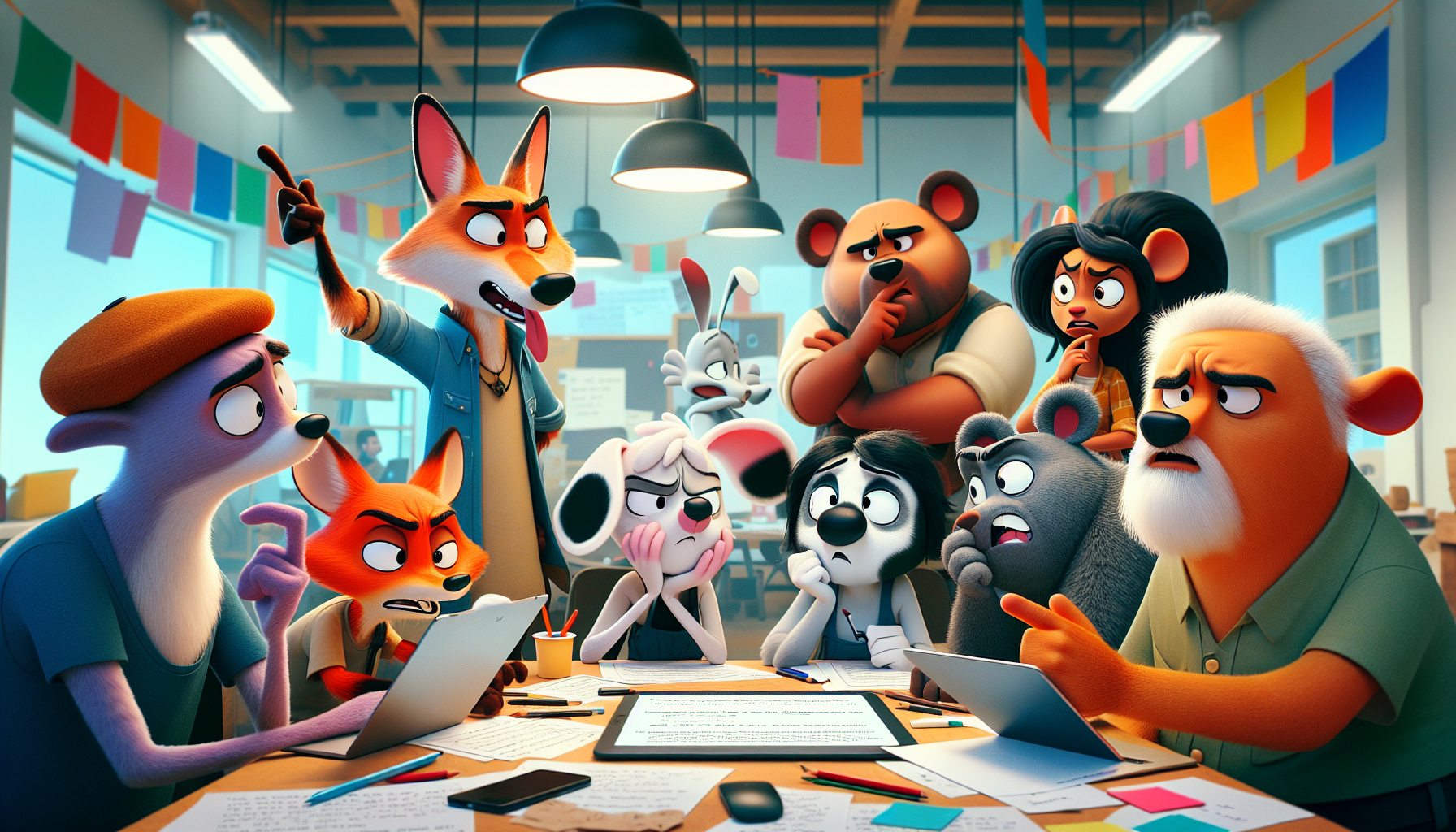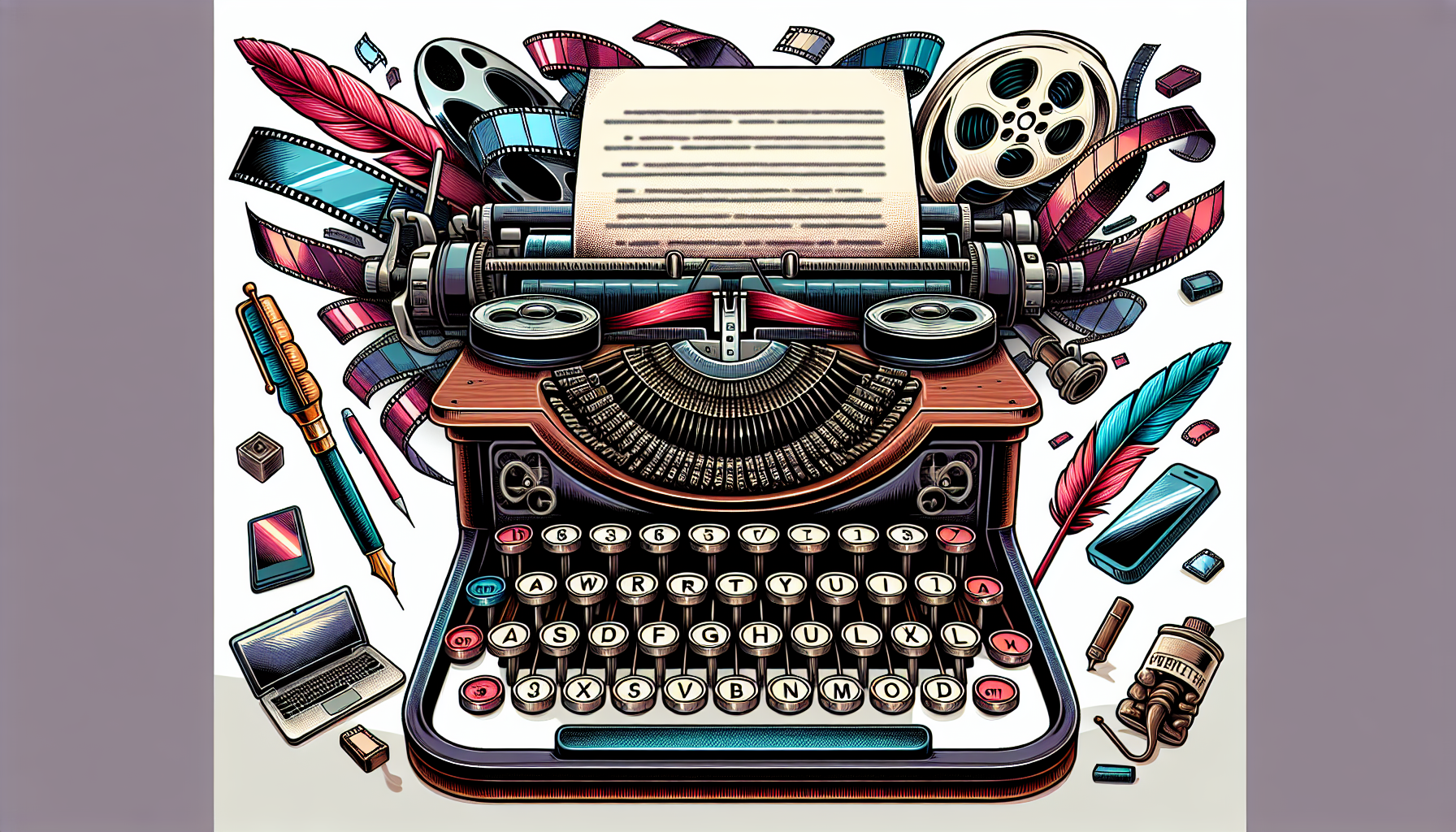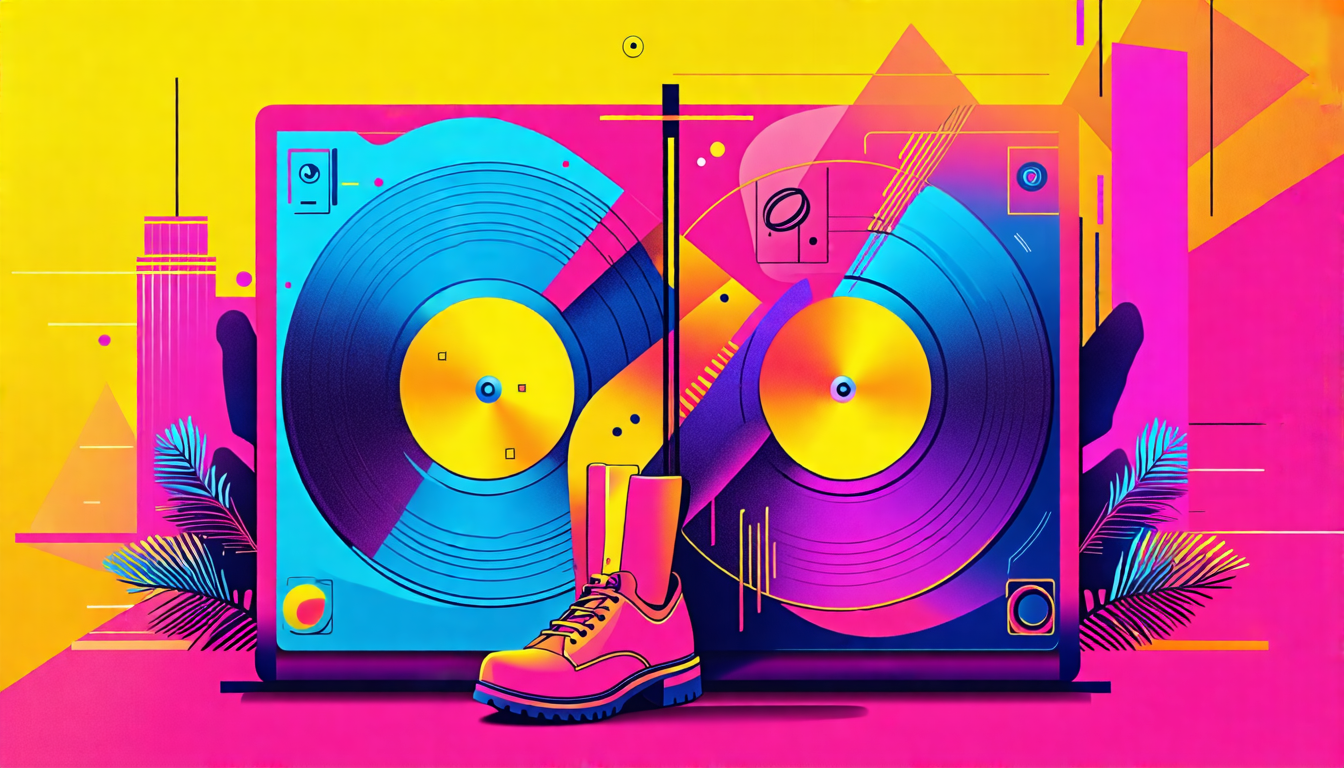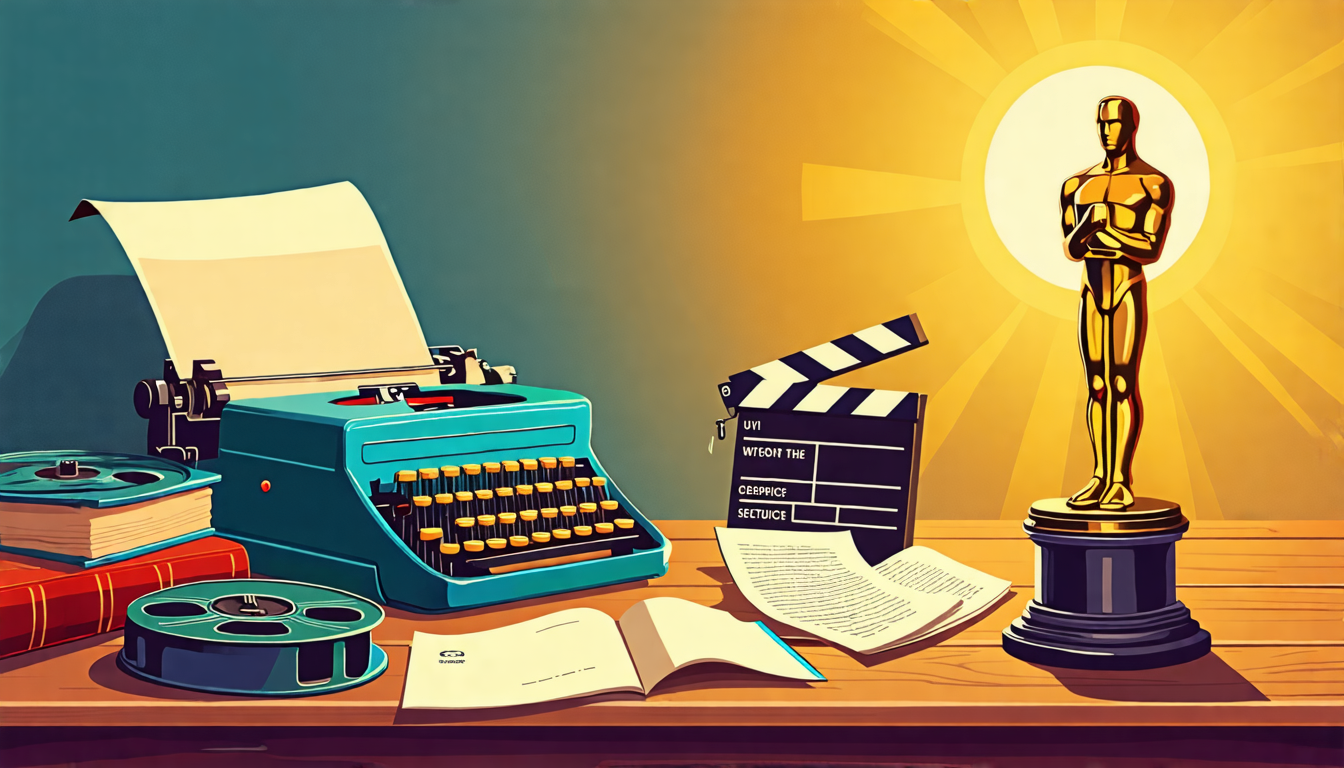
Let’s Talk About Talking: Crafting Killer Dialogue in Animation
The Art of Yapping: Why Dialogue Matters
Anyone who’s ever watched a cartoon knows that a well-timed quip or a heartfelt confession can easily make or break a scene. In animation, where characters can stretch, morph, and pull off impossible stunts, dialogue serves as the trusty glue that holds the zany visual world together. It’s what makes SpongeBob’s laughter infectious or turns Simba’s sorrow into a tearjerker moment. Mastering dialogue in this unique sphere means balancing a fine cocktail—part humor, part emotion, shaken, not stirred.
Cracking the Code: Humor Meets Heart
Let’s crack into the secret recipe for dialogue that tickles the funny bone while tugging at the heartstrings. First off, embracing the unexpected is key. Animation frees you from the mundane confines of reality, allowing for physical gags and witty banter that wouldn’t fly in a live-action setting. Ever seen a talking sponge discuss existential dread? Probably not outside of Bikini Bottom.
One golden rule of thumb: tailor your characters’ speech to their personalities. A villain monologuing pompously is the perfect setup for a snarky sidekick to deliver a hilarious one-liner. Contrast this with the sincere, often naive declarations from the hero, and you’ve got a dynamic range of emotions, all within a few lines. Humor often works best when it springs up in the midst of turmoil, providing a pressure release valve for the audience and characters alike.
Dialogue That Dances: Techniques to Keep it Snappy
Making dialogue dance off the screen involves a few cheeky maneuvers. Brevity is the soul of wit—especially in animation. Quick, punchy lines ensure the pacing doesn’t lag and that young viewers stay engaged. Yet, in these brief exchanges, each word must be saturated with meaning or humor. It’s like tweeting, but if your tweet could also make people cry during breakfast.
Another trick is to enhance dialogue with visual gags. Imagine a character dramatically declaring their undying love while their pants are on fire—literally. It’s absurd, visually hilarious, and yet, if done right, doesn’t undercut the sincerity of the declaration. This juxtaposition can amplify emotional beats and keep the viewers on their toes—laughing one minute and gasping the next.
But What About the Feels?
While gags get the giggles, emotion anchors the story. When dialogue needs to dive into deeper waters, timing and tone shift. Pause becomes just as potent as the punchline. A well-placed silent beat can allow the audience to soak in the gravity of a scene. Here, less can indeed be more. Think of those moments in ‘Up’ where a simple look between Carl and Ellie conveys volumes, or when in ‘Finding Nemo’, Marlin’s simple, muttered worries resonate with every parent’s deepest fears.
Emotion in dialogue often works best when it mirrors real human interaction. Even in a fantastical setting, the core feelings of love, anger, sadness, and joy are universal. Characters might be flying or fighting villains, but their vulnerabilities and desires should be relatable and authentic. This emotional truth is what resonates with viewers, making them invest in even the most outlandish plots.
Practice Makes Perfect: Learning from the Greats
To truly master the art of animation dialogue, watch the classics and the outliers. Study how ‘The Simpsons’ blends societal satire with the everyday trials of family life, or how ‘Bojack Horseman’ uses sharp wit to explore deeper themes of depression and redemption. Each line delivered by these characters is a mini-masterclass in balancing humor with depth.
Experiment with various styles and tones. Animation is the playground of the creative mind, and dialogue is one of its most versatile swings. So, swing high and fearless. Use puns, play with irony, insert a visual slapstick or two, and never forget that at the heart of every gag, there’s a beat that can connect deeper with your audience.
Ultimately, the dance of blending humor with emotion in animation dialogue is a lot like crafting a perfect pie. The crust might be flaky—bursting with laughs—but the filling needs to be rich and satisfying, hitting all those emotional notes. Get that mix right, and you’re not just making cartoons; you’re making classics.






